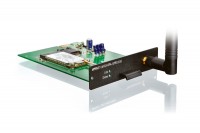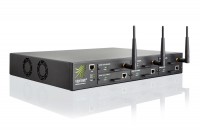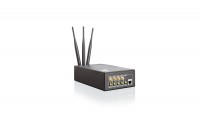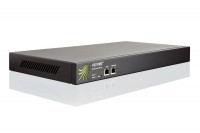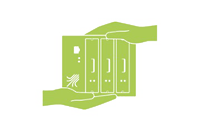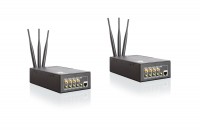Site-to-site connection with bundling DSL, UMTS and LTE instead of expensive leased lines and MPLS
Implementation and design of Viprinet for large-scale networks
Often, company networks are structures that have grown over several years and, due to that, cannot be replaced at once. In many cases, these networks are based on MPLS infrastructures that, in turn, are offered as Managed Service by external Internet providers; this is why especially changes to the MPLS solution on short notice, e.g. because a new site has to be connected, can cost a disproportional amount of money. In this video, Christian Gawronczyk, Senior Technical Presales Manager at Viprinet, will explain how Viprinet can be used to increase the performance of MPLS-based corporate networks, or substitute them step-by-step by a Viprinet solution with higher reliability and bandwidth.
Also, feel free to visit the download section of our website and download our whitepaper on the topic "Viprinet Large-Scale VPN Deployment" showing you how Viprinet can be an alternative to but also a compliment for your MPLS-based network, all according to your needs.
Viprinet provides professional site-to-site VPNs by bonding of several DSL connections and other media such as 3G / 4G. In contrast to the Viprinet solution, traditional media like leased lines and MPLS are too expensive, too inflexible, insufficiently reliable and often too slow.
Your benefits from site-to-site VPNs based on the bonding of DSL, UMTS / 3G and LTE / 4G:
- Low connectivity costs by using consumer lines instead of expensive leased lines or MPLS connections
- Maximum bandwidth with the unique Viprinet bonding
- High reliability by bonding different DSL providers and further WAN media
- Connection backup by additional bonding of cellular radio
- Easy step-by-step replacement of MPLS by Viprinet possible
- Bonding with real aggregation of bandwidth is much more powerful than e.g. load balancing
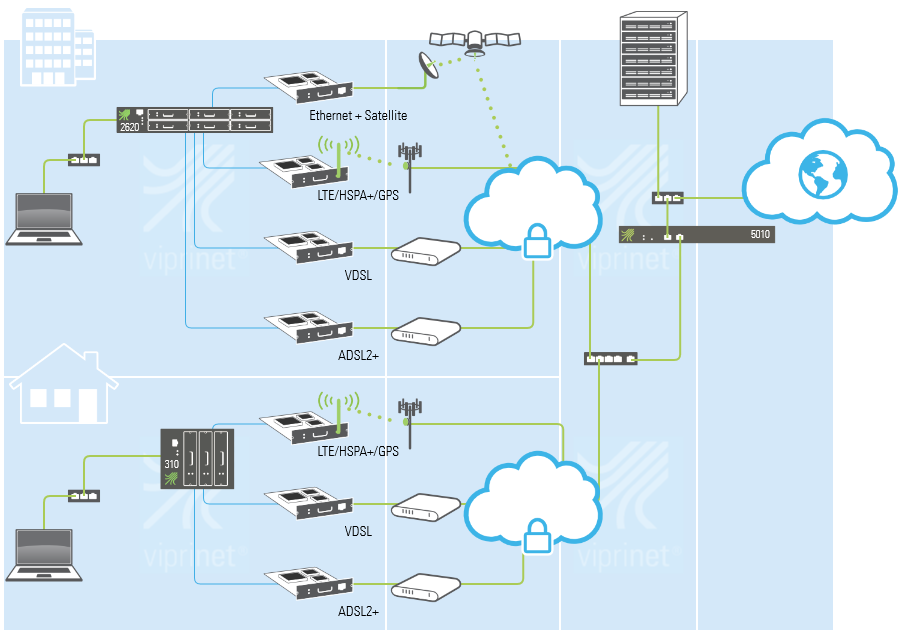
Leased lines and MPLS are relics from another time
Bonding is the trendy technology for site-to-site VPNs
There are only a few business processes left that operate without IT support or communications media. This is especially true when organizations are spread on a national, international or even intercontinental level. Each region has specific characteristics concerning the communications technology available. Media such as leased lines and MPLS often are available at fairly reasonable prices only in urban areas; when it comes to rural areas, leased lines and MPLS are either very expensive or not available at all.
In addition, leased lines and MPLS without special (and especially expensive) contract amendments provide no real protection against breakdowns - downtimes of 5 days have to be accepted with a normal contractual provision warranting 98.5% availability. The prices for these connections are extremely high; long-term contracts work against the fast pace in the development of companies.
Bonding by Viprinet ends these disadvantages: Bundle cheap consumer media like ADSL, cable and 3G / 4G mobile phone connections (UMTS, CDMA and LTE) to one fast and reliable site-to-site VPN, which is considerably lower priced than a leased line or MPLS. Take advantage of media that are physically different (wired or wireless) to obtain an extremely high reliability. Or have you ever experienced that an excavator on your neighbor's estate has destroyed your wireless connection?
This could be a typical site-to-site VPN á la Viprinet:
You bundle together 3x ADSL 6000, 1x cable Internet access and 2xUMTS / 3G. Due to the three ADSL lines, you will receive a download bandwidth of about 15 Mbps (10-15% of the bandwidth is consumed by Viprinet for bonding) and an upload bandwidth of 1.5 Mbps. The cable connection also adds (ideally) an 30 Mbps down- and about 3 mbps upload. This results in a usable symmetric bandwidth of approximately 4 Mbps, the download is as fast as about 40 Mbps. The ADSL lines should be ordered from different providers in order to be prepared for outages in the respective data centers. The costs are low as consumer lines are used.
In our example, the mobile component of the bundle consists of a UMTS / HSPA+ / 3G and an LTE / 4G connection from different providers. If the mobile lines are used only as backup, meet commercial retail data rates (5 GB / month) should be enough. If the mobile media, however, are supposed to transfer a part of the data permanently (in the context of bundling), then a business rate is required. With that, you will gain - depending on the frequentation of the respective radio cells - an additional 18 Mbps downstream and 5 Mbps upstream with UMTS / HSPA+; with LTE, the gain could even be as high as 85 Mbps downstream and 45 Mbps upstream, depending on the antenna technology used and frequentation of the respective radio cell. The wireless connections can be used as normal "load medium" as well as a fallback medium. This depends only on the configuration. The outage risk is distributed between six providers and six media (both wired and wireless). The achievable bandwidths are excellent and well above those of leased lines and MPLS infrastructures.
Now feel free to simply compare the price-performance ratio of the Viprinet bonding technology with that of leased lines and MPLS, as well as the scalability and reliability of the connection. You will soon realize that site-to-site VPNs with leased lines and MPLS are relics from another time and that today, connecting locations is done via Viprinet bundling.
Successive replacement of existing MPLS infrastructures with Viprinet
The larger a company network, the more difficult it is to switch over from one connectivity technology to another. Here, too, Viprinet is a pioneer because due to its flexibility, you don't only have to replace your MPLS infrastructure at once, but you can substitue it step by step with a Viprinet connection. In addition, you can either integrate Viprinet into your existing MPLS infrastructure, or make MPLS an essential part of your future Viprinet solution. Apart from the bonding, additional different integrated failover systems such as Node Stacking for Multichannel VPN Routers and the Hub Redundancy System for Multichannel VPN Hubs guarantee the required quality and reliability of the connection. Viprinet partners provide the necessary worldwide service in case of a breakdown. So, no matter how difficult your connectivity situation may be: Together we will find a solution, so don't hesitate any longer and contact us now.

